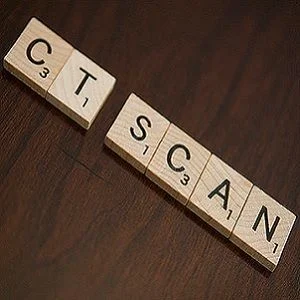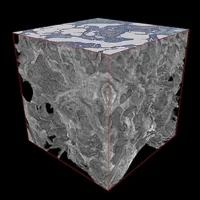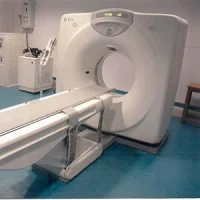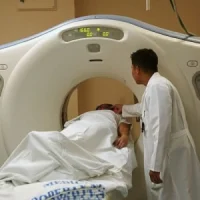A new study shows increased use of CTs in patients with non-serious injuries, such as fractures or neck strain, treated in emergency departments at California hospitals. The UCSF-led study, which tracked the use of the imaging from 2005 to 2013, found that CTs were more likely to be ordered in hospitals that were designated high-level trauma centres.
Some 39 percent of CTs in the study were ordered at level I and II trauma centres, compared with three percent at low-level centres. "This may reflect an underlying work culture largely centred around the management of severely injured patients, guided by standard trauma CT protocols, and also the fact that level I and II trauma centres see sicker patients," according to the study published in the Journal of Surgical Research.
Researchers at UCSF and Stanford studied more than 8 million adult patient visits at 348 state hospitals, using data from the California Office of Statewide Health Planning and Development. These patients had been discharged after being seen in emergency departments for injuries such as minor falls or low-impact vehicle accidents.
The researchers found that 3.51 percent of patients underwent at least one CT scan in 2005, versus 7.17 percent in 2013. The increase was due to different factors, including defensive medicine practices, the superior diagnostic accuracy of CT scans compared with x-rays, and the demand to expedite discharge of patients, the researchers explain.
See Also: Ruling out CT for Minor Head Trauma
While CT scans enable clinicians to swiftly pinpoint life-threatening conditions, exposure to its ionising radiation is associated with an increased risk of cancer. According to a 2009 report by the FDA, a single CT scan may be associated with a fatal cancer in one in 2,000 patients.
In the current study, a large proportion of the patients receiving CT scans were between the ages of 18 and 24, "those at greatest risk for radiation," note the researchers, as well as those over 45.
"The message for both patients and physicians is that there are long-term risks associated with radiation exposure and there may be situations where imaging is not definitively warranted or beneficial," says senior author Renee Hsia, MD, professor of emergency medicine and health policy at UCSF.
"We can't conclusively say which cases should not involve imaging, since every patient and every circumstance is different, but given that it is getting easier and easier to get CT scans, we need to be cautious in weighing their risks and benefits," adds Dr. Hsia.
Source: University of California - San Francisco
Image credit: Flickr.com
Some 39 percent of CTs in the study were ordered at level I and II trauma centres, compared with three percent at low-level centres. "This may reflect an underlying work culture largely centred around the management of severely injured patients, guided by standard trauma CT protocols, and also the fact that level I and II trauma centres see sicker patients," according to the study published in the Journal of Surgical Research.
Researchers at UCSF and Stanford studied more than 8 million adult patient visits at 348 state hospitals, using data from the California Office of Statewide Health Planning and Development. These patients had been discharged after being seen in emergency departments for injuries such as minor falls or low-impact vehicle accidents.
The researchers found that 3.51 percent of patients underwent at least one CT scan in 2005, versus 7.17 percent in 2013. The increase was due to different factors, including defensive medicine practices, the superior diagnostic accuracy of CT scans compared with x-rays, and the demand to expedite discharge of patients, the researchers explain.
See Also: Ruling out CT for Minor Head Trauma
While CT scans enable clinicians to swiftly pinpoint life-threatening conditions, exposure to its ionising radiation is associated with an increased risk of cancer. According to a 2009 report by the FDA, a single CT scan may be associated with a fatal cancer in one in 2,000 patients.
In the current study, a large proportion of the patients receiving CT scans were between the ages of 18 and 24, "those at greatest risk for radiation," note the researchers, as well as those over 45.
"The message for both patients and physicians is that there are long-term risks associated with radiation exposure and there may be situations where imaging is not definitively warranted or beneficial," says senior author Renee Hsia, MD, professor of emergency medicine and health policy at UCSF.
"We can't conclusively say which cases should not involve imaging, since every patient and every circumstance is different, but given that it is getting easier and easier to get CT scans, we need to be cautious in weighing their risks and benefits," adds Dr. Hsia.
Source: University of California - San Francisco
Image credit: Flickr.com
Latest Articles
healthmanagement, computed tomography, CT scans, emergency departments, California, trauma
A new study shows increased use of CTs in patients with non-serious injuries, such as fractures or neck strain, treated in emergency departments at California hospitals. The UCSF-led study, which tracked the use of the imaging from 2005 to 2013, found tha










